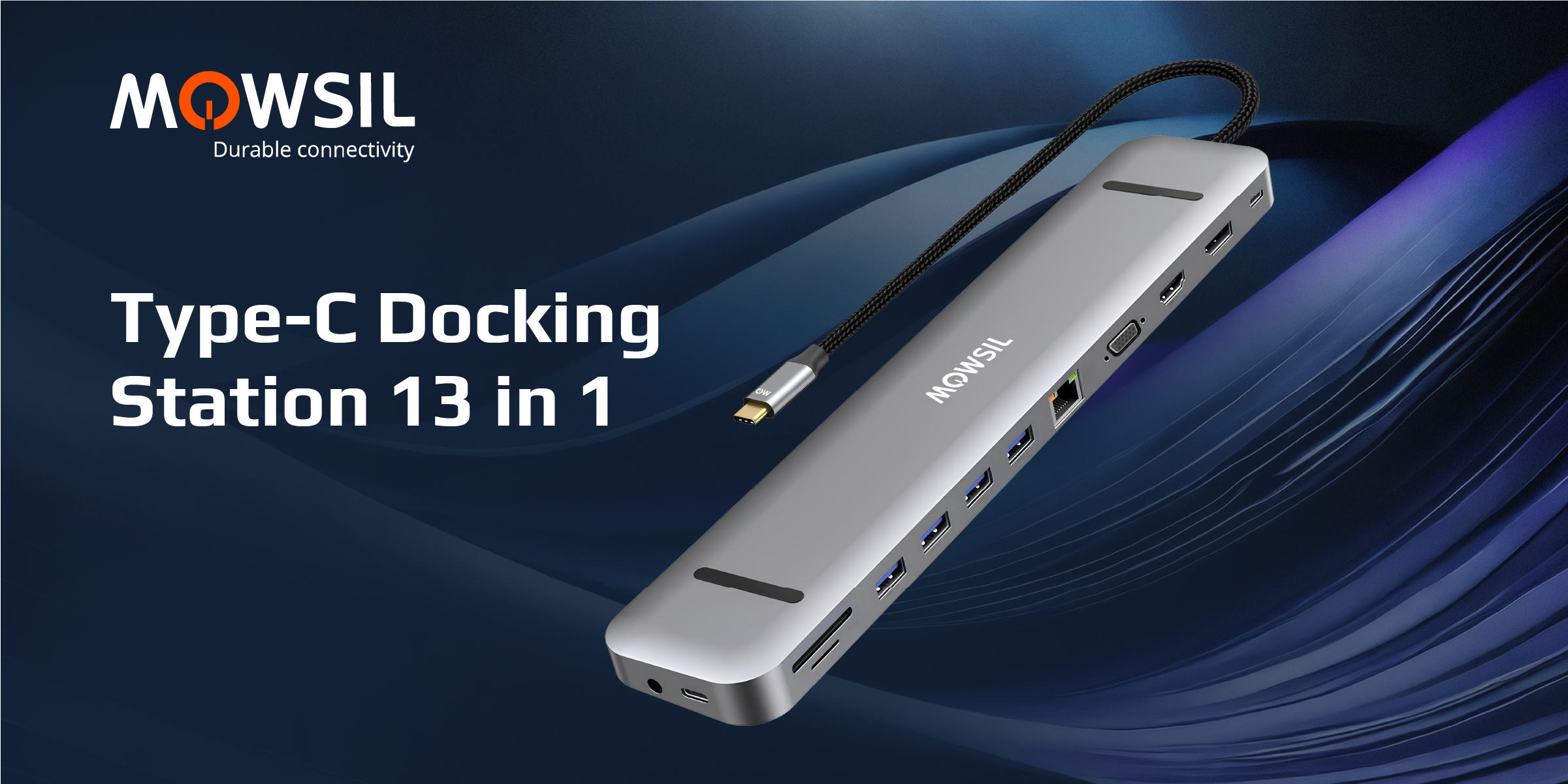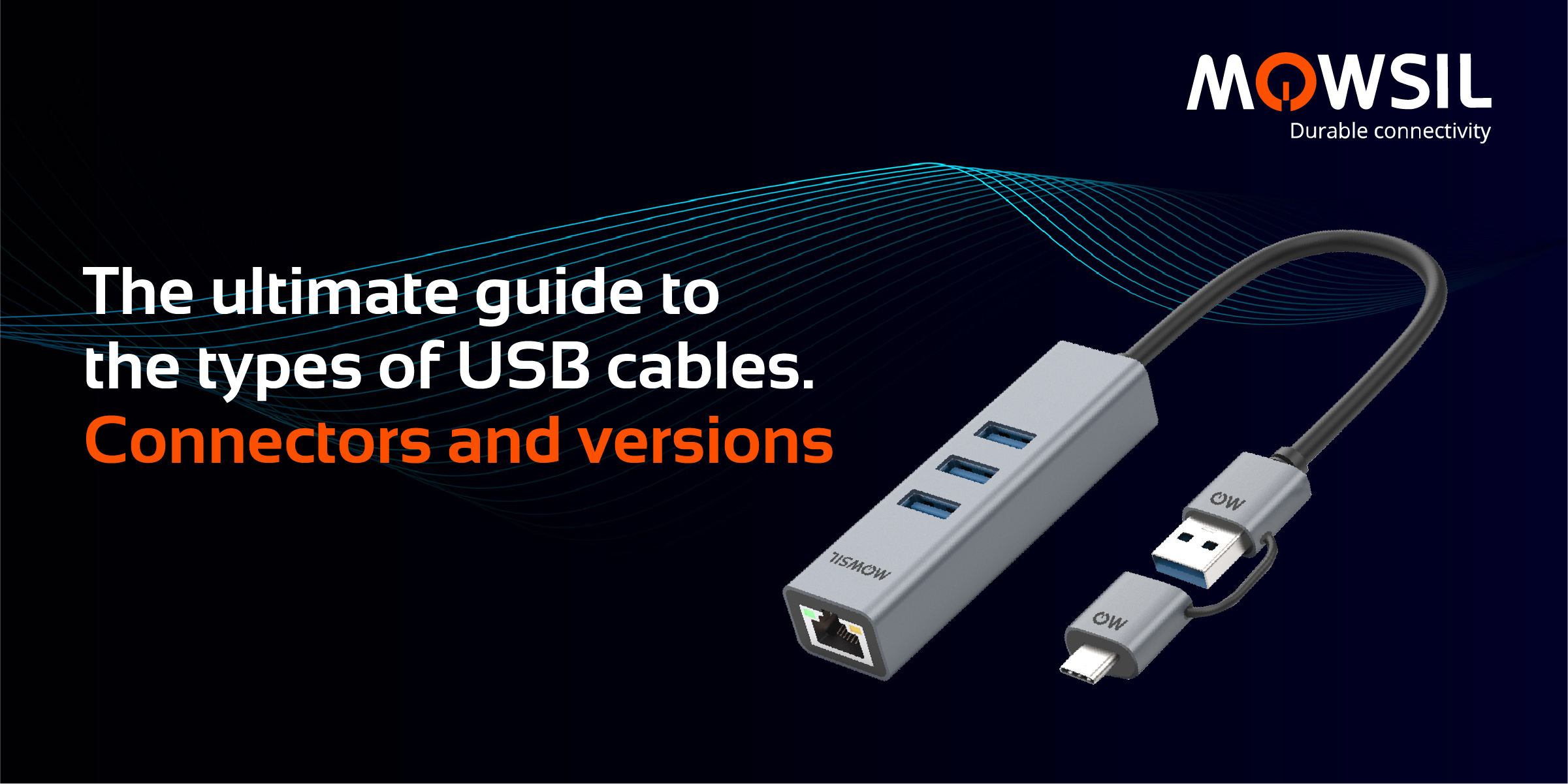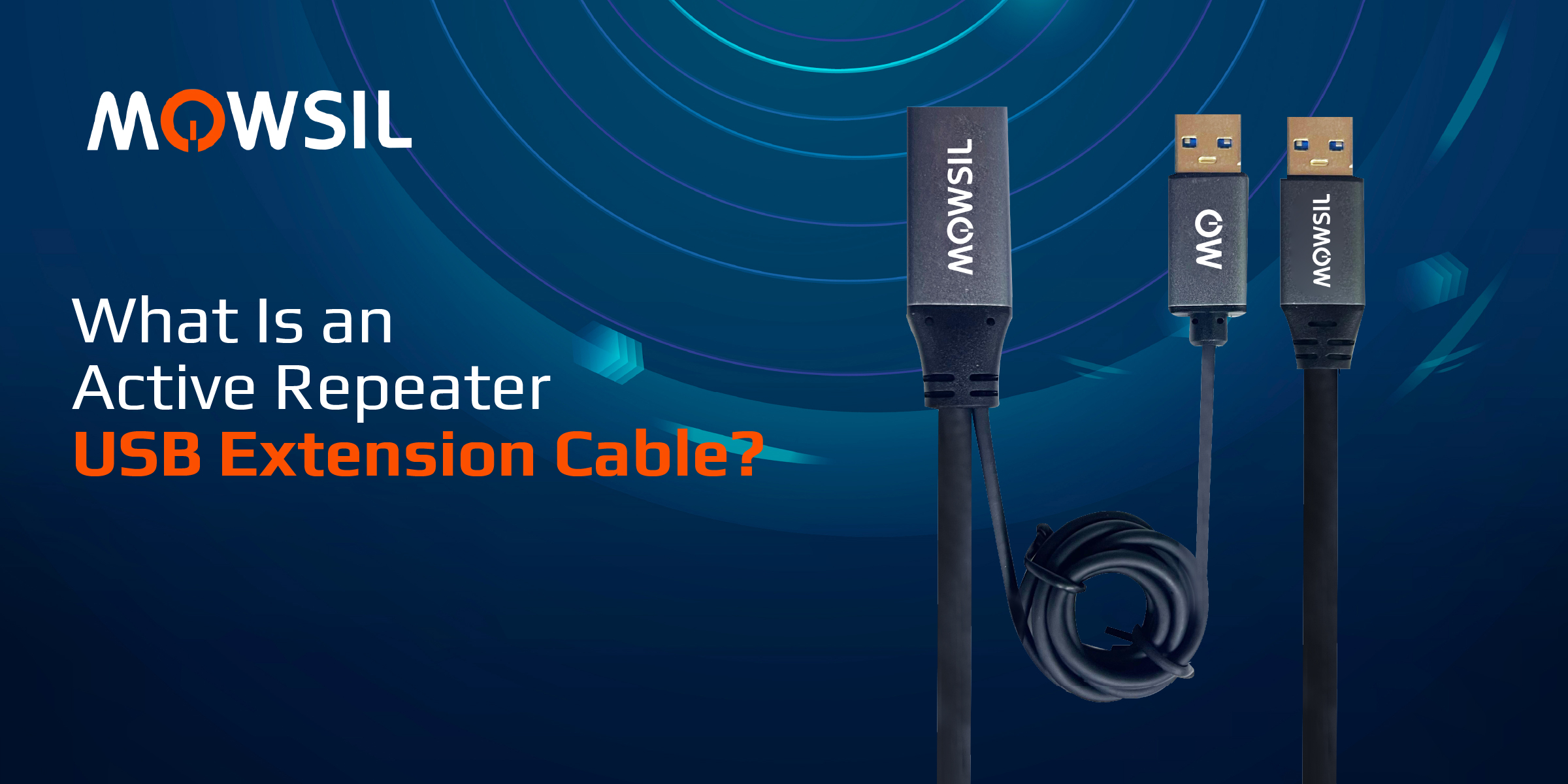Blogs
Difference b/w 1.4v, 2.0v and 2.1v and its Features

Everyone has an opinion on what technology you absolutely must have these days. True, innovation propels us forward, and what is cutting-edge now will become standard features tomorrow. However, adopting new technology is not a race to the finish line; rather, it is about getting what you need to achieve the desired performance. In this blog, learn more about the evolving HDMI cables and their features. What are HDMI cables? High-Definition Multimedia Interface (HDMI) is a standard for sending digital video and audio from a source, such as a computer or TV cable box, to a computer monitor, TV, or projector. Developed by a partnership of electronics manufacturers, it has become extensively adopted, with practically all televisions and computer monitors supporting it. Mowsil is one of the best providers of HDMI cables and here we have gathered information regarding the most commonly heard HDMI such as 1.4, 2.0, and 2.1 HDMI 1.4: Sticking around HDMI 1.4 has a data transfer rate of 10.2 Gbps and was the first to support 4K video, albeit only compressed 4K30. Almost no new hardware is made with this specification any more, but you most likely own a device that uses it, such as the first PS4 or Xbox One. Peak video specifications for this standard include 1080p60 and 4K30—most HDMI 1.4 devices will use one of these resolutions, however some may support up to 1080p120. HDMI 2.0: A Common Standard. HDMI 2.0 has a data transport rate of 18Gbps and firmly supports 4K and 1440p video. Many new devices continue to use this standard. Most 4K TVs, capture cards, higher-end laptops, and cameras only support HDMI 2.0 because 4K60 is still the most common video format. HDMI 2.0 supports peak video resolutions of 1080p240, 1440p144, and 4K60. These are the most common, high-spec video resolutions and refresh rates for HDMI 2.0, but its bandwidth can handle a broader range of video standards, including 8K30 on some devices. HDMI 2.0 also enables HDR (high dynamic range), which provides greater colour depth and contrast range than SDR. HDMI 2.1: A New Benchmark HDMI 2.1 boasts a data transfer rate of 48Gbps and is the first HDMI specification to offer 8K video at high frame rates. The significant increase in data bandwidth enables new capabilities, such as expanded HDR (High Dynamic Range) capability and uncompressed video. While the HDMI 2.1 standard was announced in 2017, it wasn't until later that devices started using it. Most new gaming consoles, including the PS5 and Xbox Series X, and most PCs with new GPUs (anything after the Nvidia RTX 30-Series or AMD 6000-Series), support HDMI 2.1. Furthermore, HDMI 2.1 capture cards have just begun production, allowing streamers to use their HDMI 2.1 devices for gaming and streaming. Standard HDMI 2.1 has peak video standards of 8K60 and 4K144. Higher-quality video streams may be achievable with HDMI 2.1 because of its high data transfer bandwidth, but they are currently uncommon. Furthermore, many products that fully support HDMI 2.1 are excessively expensive for most people, such as 8K TVs or 4K144 gaming monitors Cable and port look the same, however standards differ. HDMI has been standard for more than 15 years. While HDMI ports and cables have not changed in appearance, their specifications and standards have. All HDMI cables are technically backward and forward-compatible, although they use various data transport standards, cable names, and connections. The lowest-spec device or cable will cause a bottleneck in the signal chain. For example, an ultra high-speed HDMI 2.1 cable will function in an HDMI 1.4 device, but you will be limited to the device's HDMI 1.4 video standards; changing the cable will not boost output resolution. An HDMI 2.1 device, such as a PS5, can use a premium high-speed HDMI 2.0 cable, but the cable's HDMI 2.0 specs will be limited—you won't be able to output 4K144 via HDMI 2.1 from your PS5 if your cable or monitor HDMI 2.0 cap is 4K60. In short, make sure that the standards for your cables, gadgets, and displays all match so that you can take full use of the speed of each. When connecting an HDMI 2.1 console, monitor, or TV, use an ultra high-speed HDMI 2.1 cable. Consider utilising DisplayPort instead if possible, as DisplayPort 2.1 has a better video bandwidth capacity than HDMI 2.1. To know more about Mowsil HDMI cables, contact us today.









